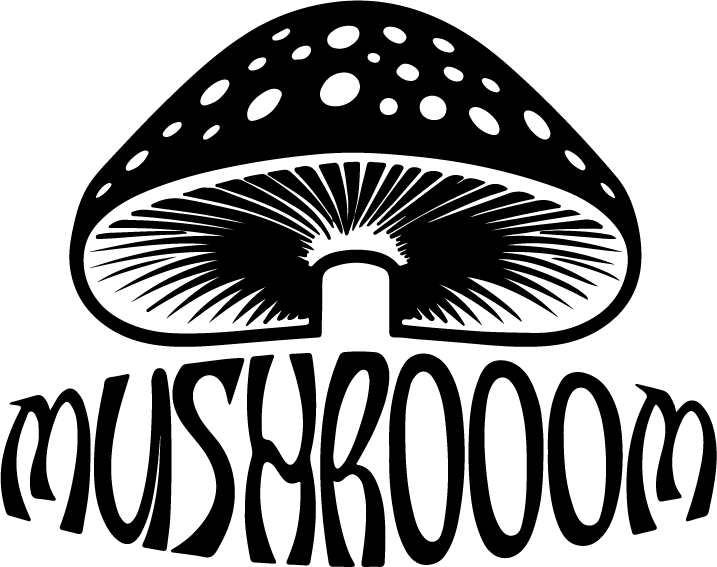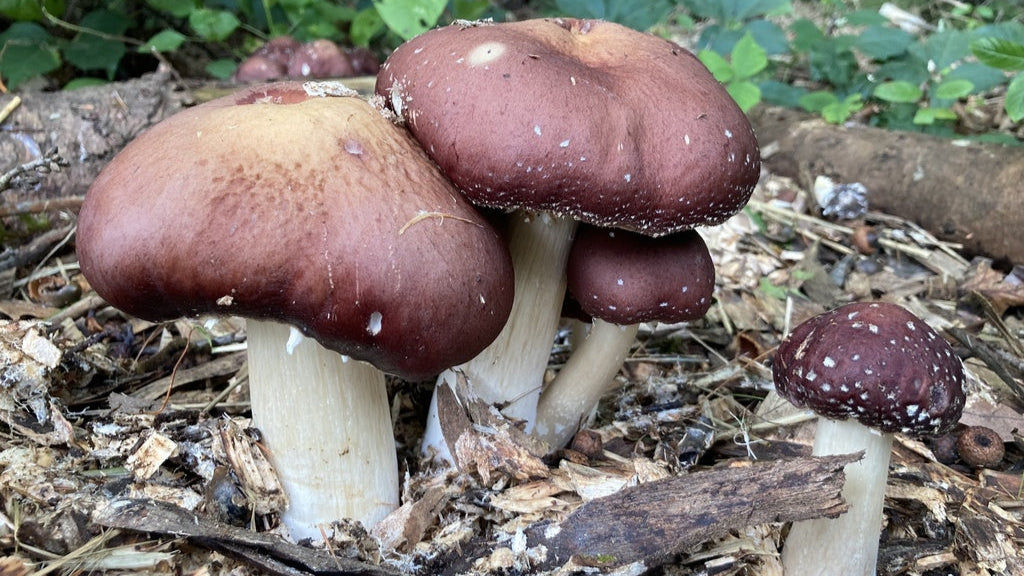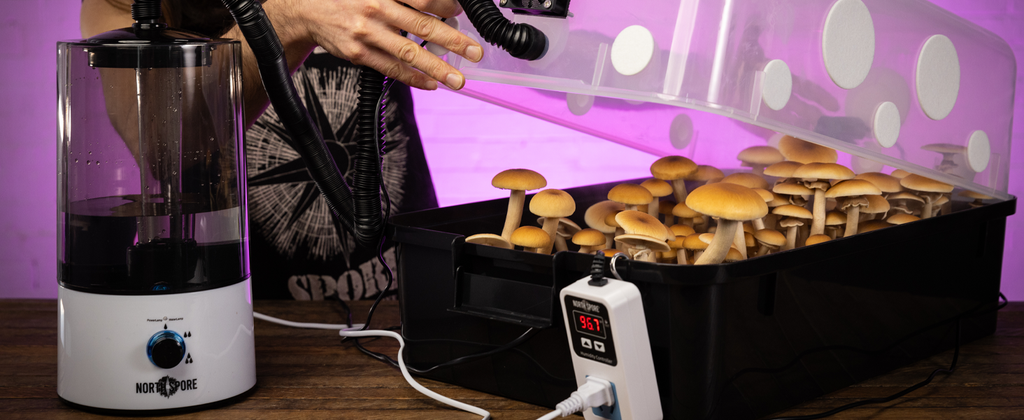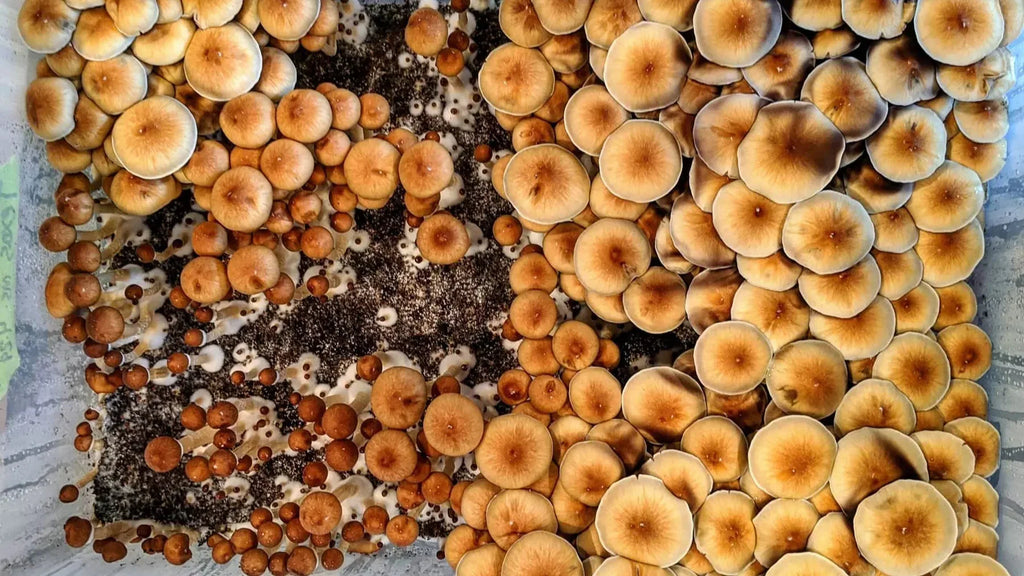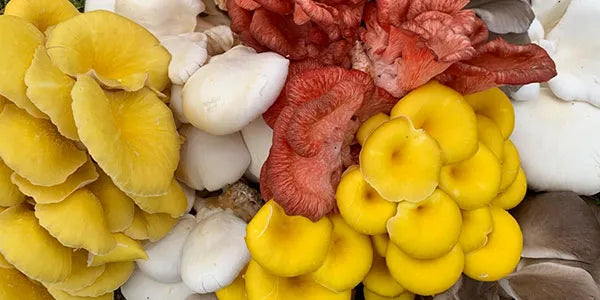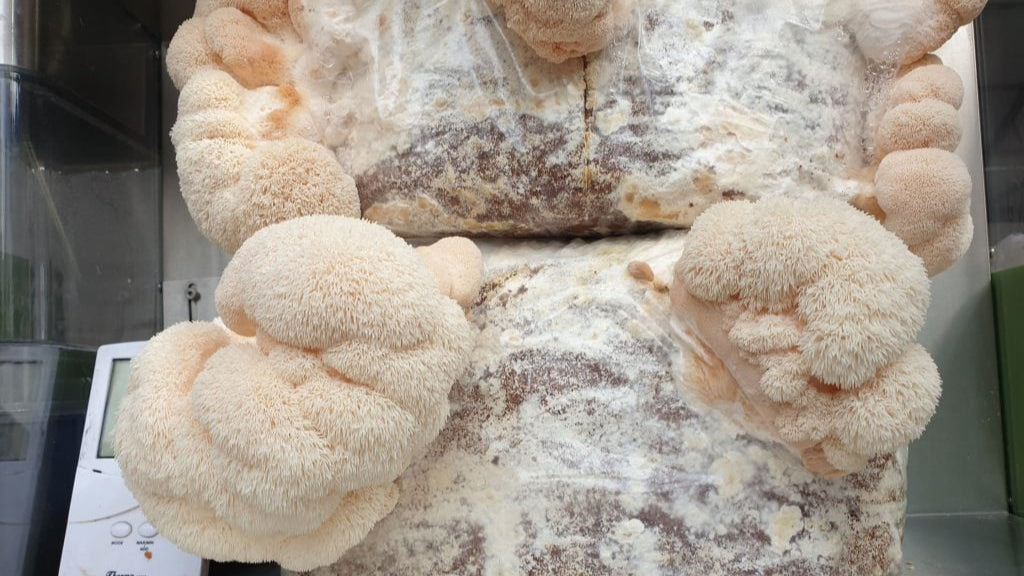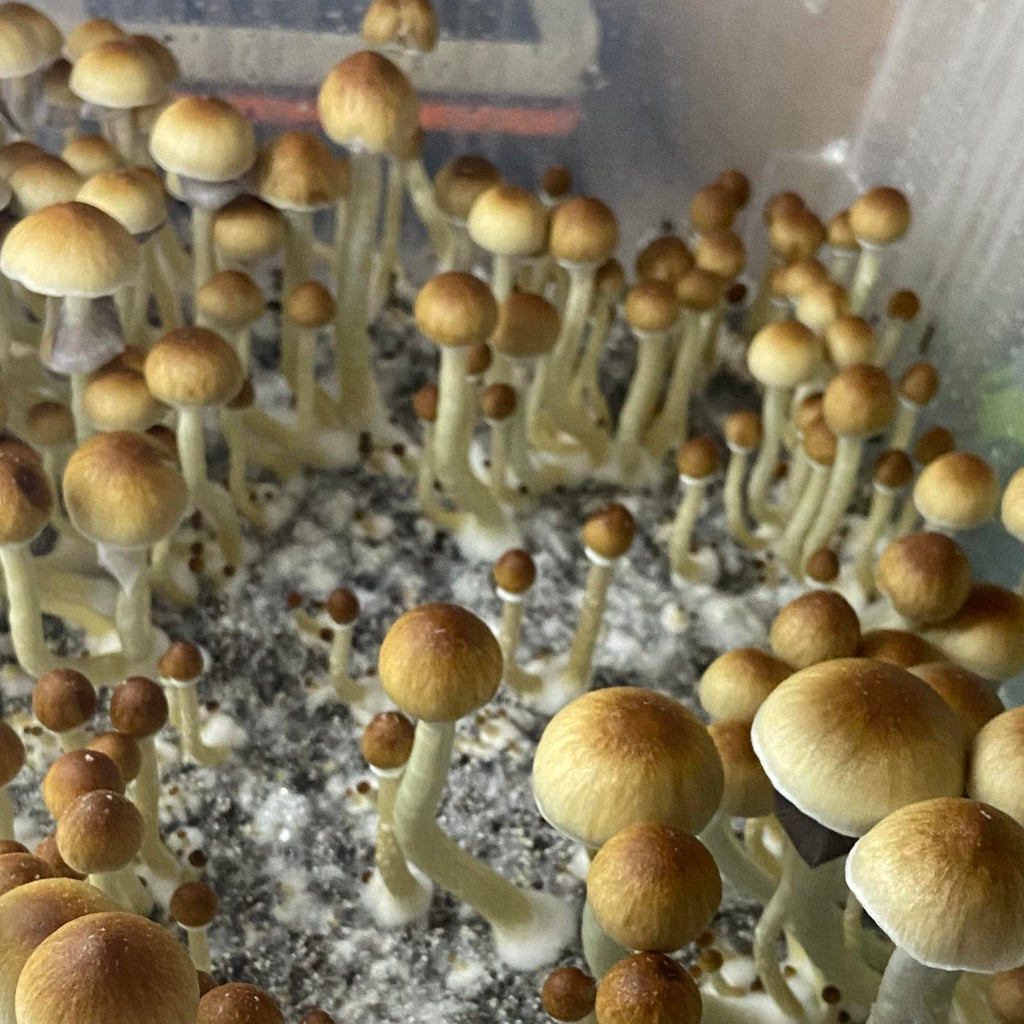
Understanding Mushroom Flushes

What They Are and How to Keep Your Harvest Going
If you’ve been experimenting with growing mushrooms at home, chances are you’ve heard people throw around the word flush (sometimes called a “wave”). But what does that actually mean, and why should you care? Let’s go through it step by step so you know how to get the most out of your grow.
What’s a Flush, Anyway?
A flush is basically one full round of mushrooms growing, maturing, and being picked from your substrate (whether that’s a bag, tub, or even a log). Think of it like a wave of mushrooms that all come in together. Once you harvest them, the mycelium rests for a bit and—if treated well—pushes out another batch.
Most growers will see somewhere between two and four flushes, but the exact number depends on:
The species you’re growing
How much nutrition is left in the substrate
How steady your growing conditions are
Why Mushrooms Don’t Just Grow Nonstop
Mushrooms grow in bursts because of the way the mycelium works. It’s a living network under the surface, and it spends time storing up energy until conditions are right (moisture, temperature, airflow). When everything lines up, it releases that energy all at once in the form of a flush.
After you harvest, the mycelium has to recharge before it can go again. That’s why you’ll see distinct rounds of growth instead of a constant trickle.
Getting the Most Out of Each Flush
If you want multiple harvests, it’s all about timing and care between rounds.
Pick at the right time
Don’t wait too long—harvest right before the caps flatten or curl up. If you leave them too late, the mushrooms start dropping spores, and your mycelium has to work harder to recover.
Rehydrate the block
Mushrooms are mostly water, so your substrate will dry out after a flush. Give it a soak (4–12 hours in clean, cold water works well), then drain it thoroughly. Growers call this “dunking,” and it’s essential for a healthy second round.
Put it back into fruiting mode
Once rehydrated, return it to the same setup: high humidity (85–95%), steady fresh air to prevent CO₂ buildup, and gentle light (indirect daylight or a 12/12 light cycle is fine).
What You Can Expect by Species
Oysters: 2–4 flushes
Lion’s Mane: 2–3 flushes
Shiitake: 3–5 flushes if you let them rest in between
Enoki & others: usually 2–3 flushes
The first harvest is usually the biggest, and later ones taper off—but with good care, the second and third can still be very productive.
Quick FAQs
Do they grow back after I pick them?
Yes. As long as the mycelium is alive and healthy, it’ll produce more flushes.
How long until the next flush?
Anywhere from one to three weeks. It depends on the type of mushroom and how well you manage the environment.
Is it worth waiting?
Absolutely. Each flush adds more to your total harvest, so it’s worth giving the block time to recover.
Final Thoughts
Figuring out flushes is one of those “aha!” moments in mushroom growing. Once you understand how the cycles work—and how to support the mycelium between harvests—you can stretch your grow and get the most out of every bag or block.
Whether you’re cultivating oysters, shiitake, or lion’s mane, learning to ride those flushes means more mushrooms on the table and more fun in the process.
